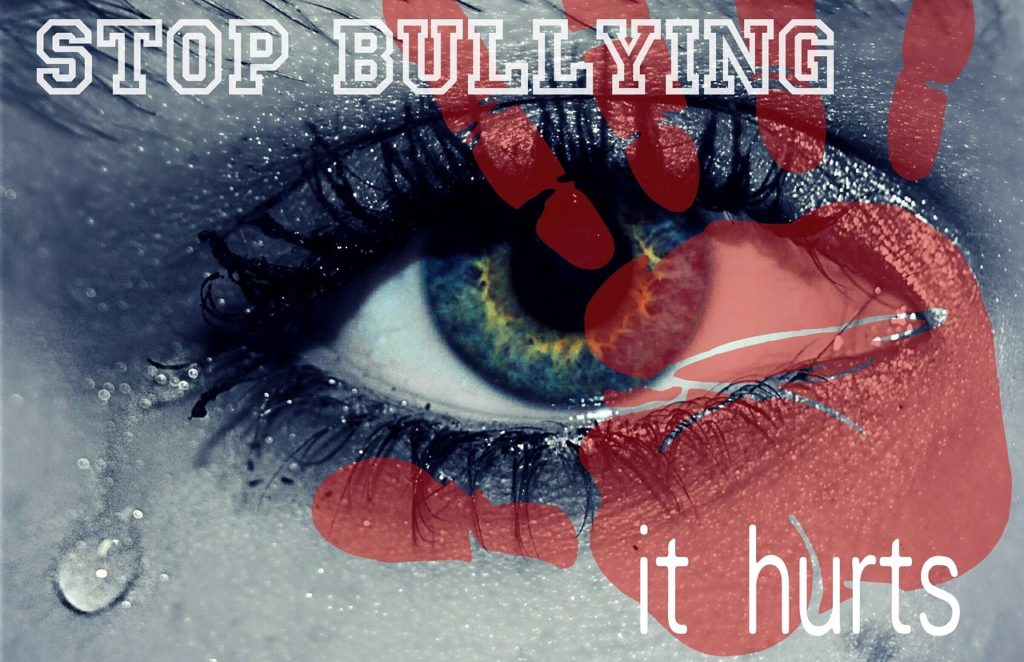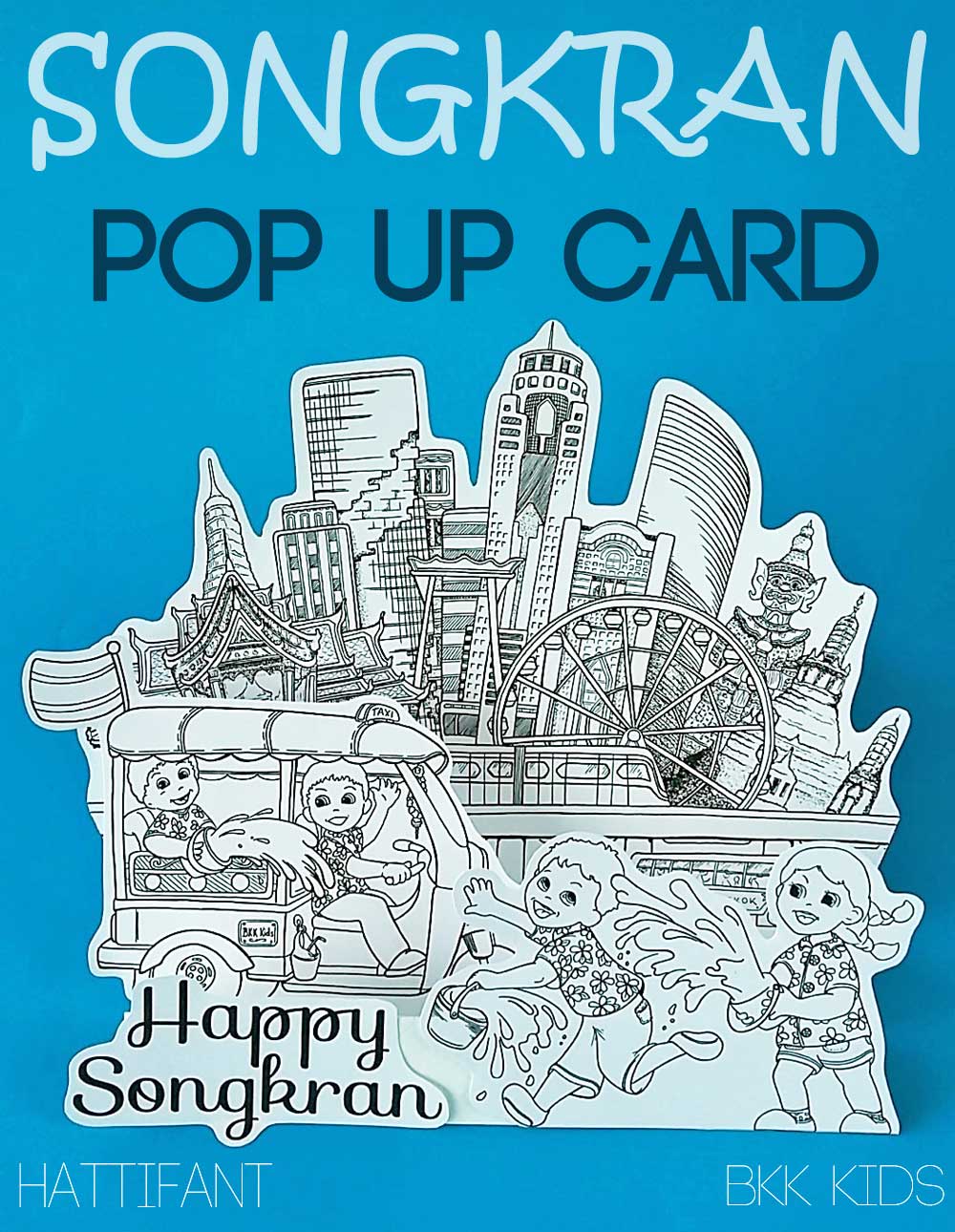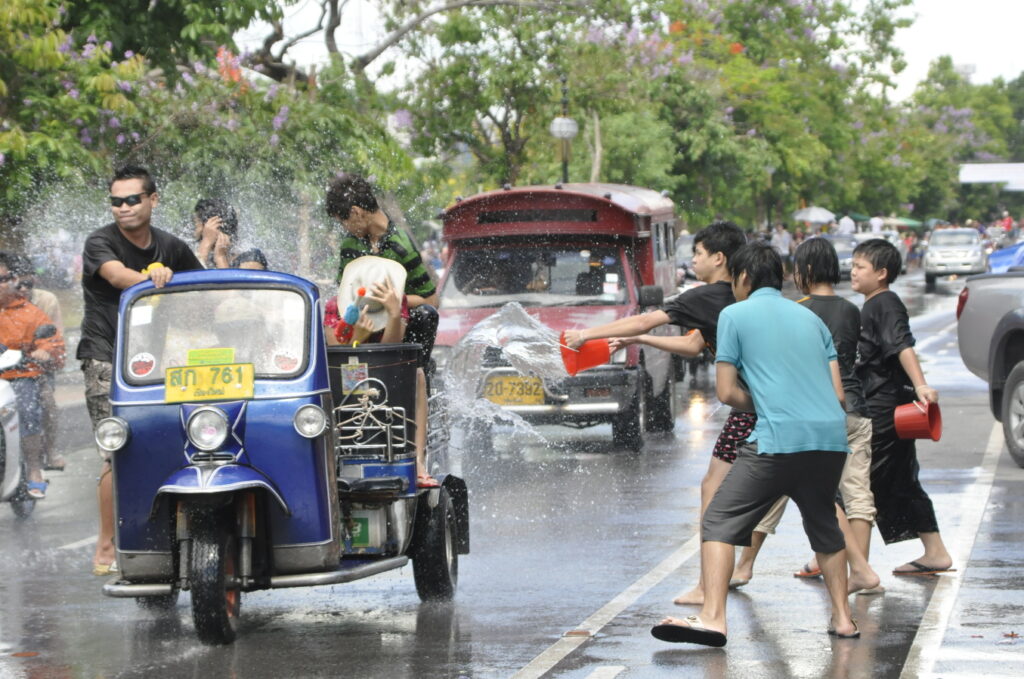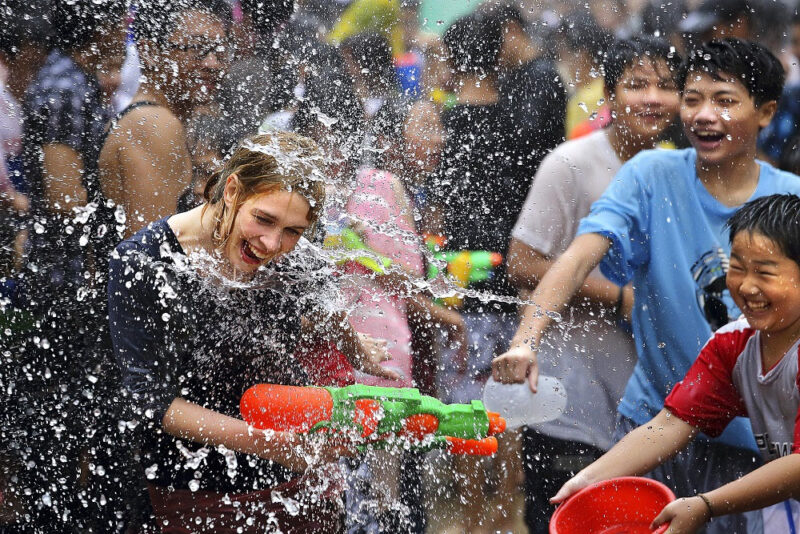By Jenni Trent Greenman
Bullying is one of those unfortunate parts of life that most of us experience, typically during our childhood years. And while bullying has been dismissed as kids’ stuff in the past, we now have a better understanding of the lasting negative impacts this phenomenon can have not only on children, but also on adults.
Especially with technology’s growing presence in our everyday lives, there are more avenues than ever in which your child can be made a target of bullying, so it’s important to have this conversation. Every parent should talk to their child about what bullying is, why it’s not the child’s fault, and how to deal with it appropriately.
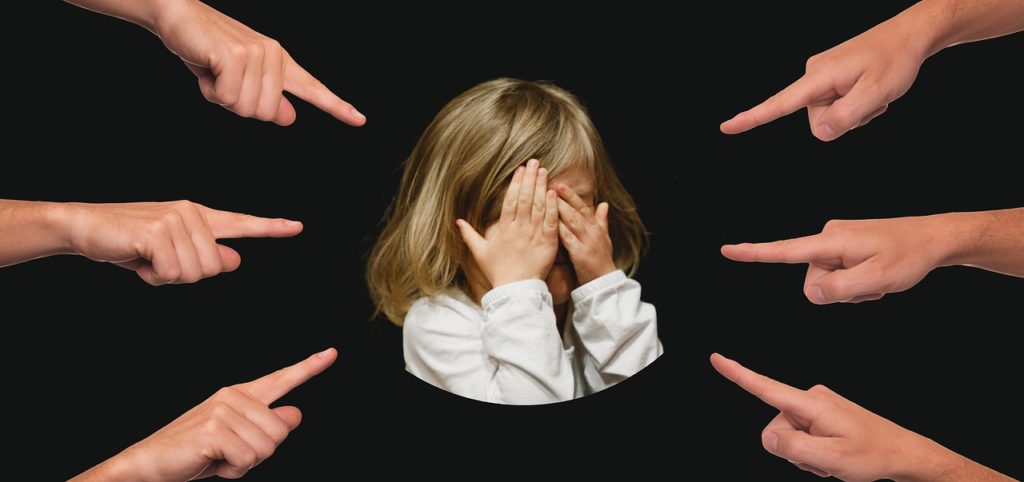
Real-life bullying
This type of bullying is often from peers or even friends.
What bullying looks like: throwing insults, threats that are verbal or written (including via other children), pushing, shoving, or hitting, shouting, destroying personal objects of the victim on purpose, stealing from the victim, creating rumors about the victim, etc.
It used to be that bullying occurred mostly in person, usually at school. We’re all familiar with the big, mean bully who beats kids up for their lunch money. Things have unfortunately not changed much, so it’s important to talk to your child about children who may display this kind of “mean” behavior.
You may want to explain that children who display such aggressive behavior towards other children are very unhappy and that they don’t understand how to express their negative emotions effectively. However, you must always emphasize how the fault never lies with the bullying victim, and that the child should always tell an adult about what is happening, whether that’s a teacher, a parent, or a relative. Especially if the behavior becomes physically aggressive, they must report it immediately.
What bullying looks like: picking on a child, insulting them “playfully”, pushing, shoving, or hitting, asking them to do unreasonable tasks, taking objects or money from them, treating them as less than, making fun of them as a group, etc.
Many children, but also adults, make the mistake of thinking that bullying is only perpetrated by the typical “school bully” or children that don’t like the victim very much. However, bullying can absolutely also occur within your child’s friend group.
Friendly ribbing is normal and expected behavior even in adults, but there’s a point where that crosses into bullying and it’s not ok. Your child should understand that while some light teasing is ok, making a certain child a target for constant mockery and humiliation is not. Friendship is not an excuse for bullying behavior.

Cyber Bullying
- This type of bullying often occurs from people they know.
What bullying looks like: sending insulting or mocking messages, sending threats (including death threats), posting personal information about the victim online, posting photos or recordings of the victim without their permission, manipulating photos and posting them to humiliate the victim online, etc.
While technology is bringing some amazing benefits to kids these days, it’s also a perfect avenue for cyberbullying. More and more, we see problems with kids bullying other kids via social media. This kind of behavior is mostly seen from other children they know, who, emboldened by the relative safety of not being face to face, say or do horrible things online.
When your child is faced with abusive words and actions on social media every day, it can take a real toll on them, so it’s crucial to explain that this is still bullying, even if it’s in an online message, and that threats, insults, and other such behavior are wrong and must also be reported to a trusted adult.
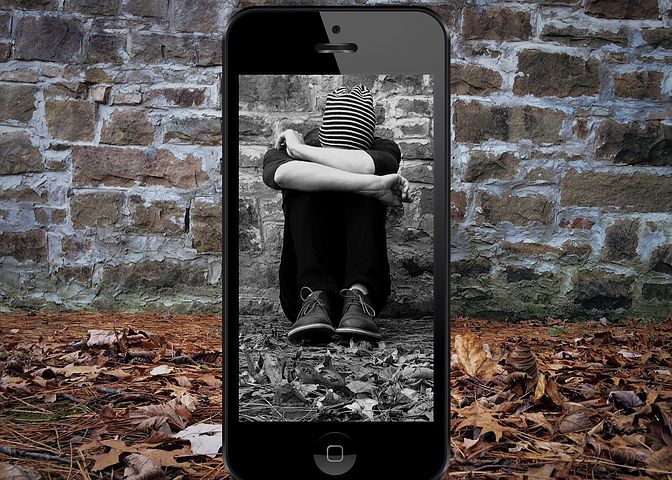
- Strangers
What bullying looks like: insulting or aggressive private messages, threats (including death threats), threats to find our where they live or hurt them, asking for personal information, asking the victim to do inappropriate things, asking the victim for money, etc.
But the bigger danger doesn’t lie with kids they know, but with strangers they may encounter and interact with online. Trolls and other horrible people who hide behind screens and hurl abuse online are numerous, and unfortunately, they’re usually adults.
There’s also an added layer of stranger danger, here, where the child can be tricked, groomed, or threatened to offer up sensitive information or illegal photographs and recordings.
When it comes to online interaction, the child must understand that “stranger danger” still applies, just like in real life, and that they should never interact with someone they do not know or can’t verify. If someone ever asks personal questions about them or are in any way abusive, they must tell an adult.
What To Do
Okay, now that we know what the dangers are, what can parents and children do to curb this kind of abuse and protect victims and potential victims? Here are some good actionable steps:
- Children who are victims of bullying should always report to a trusted adult immediately. Whether that’s a teacher, a parent, an older sibling, etc., antisocial behavior and things that make them uncomfortable should always be talked about.
- Do not be afraid to talk to the school, playgroup, or the parents of the bullying child(ren) in question. More often than not, institutions should have anti-bullying policies and measures that can be taken.
- The child should never bully back or engage in physical violence, lest they are blamed for the altercation. If at all possible, they should remove themselves from the situation and any aggressive behavior should be reported.

Bullying is sadly a phenomenon that is perpetuated from generation to generation and instead of decreasing in frequency, there are just more ways in which children can be hurt and abused. Especially with the advent of social media, it seems like children will find a way to bully their peers using every type of technology available to them.
That’s why it’s so important to talk to your child about bullying, how it makes them feel, and how to address it. Contrary to popular belief, ignoring it does not make it go away, so children need to be properly equipped to understand and manage bullying behavior, whether it’s perpetrated by their classmates, by their friends, or even by strangers.
Editors Note: Please find attached here a list of mental health providers in Bangkok. This list is not an exhaustive list of counselors available in Bangkok, it has been generated by actual personal recommendation. We highly recommend contacting a few of the above and finding who you personally feel most comfortable with. What works for one person doesn’t always suit another.

